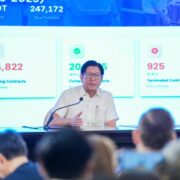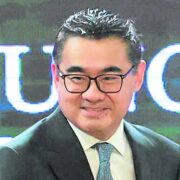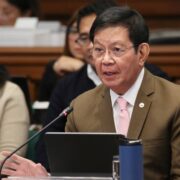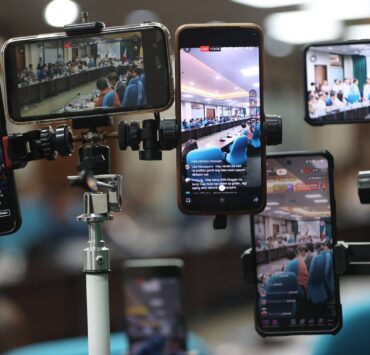SC justice: PhilHealth prioritized investments, not benefits
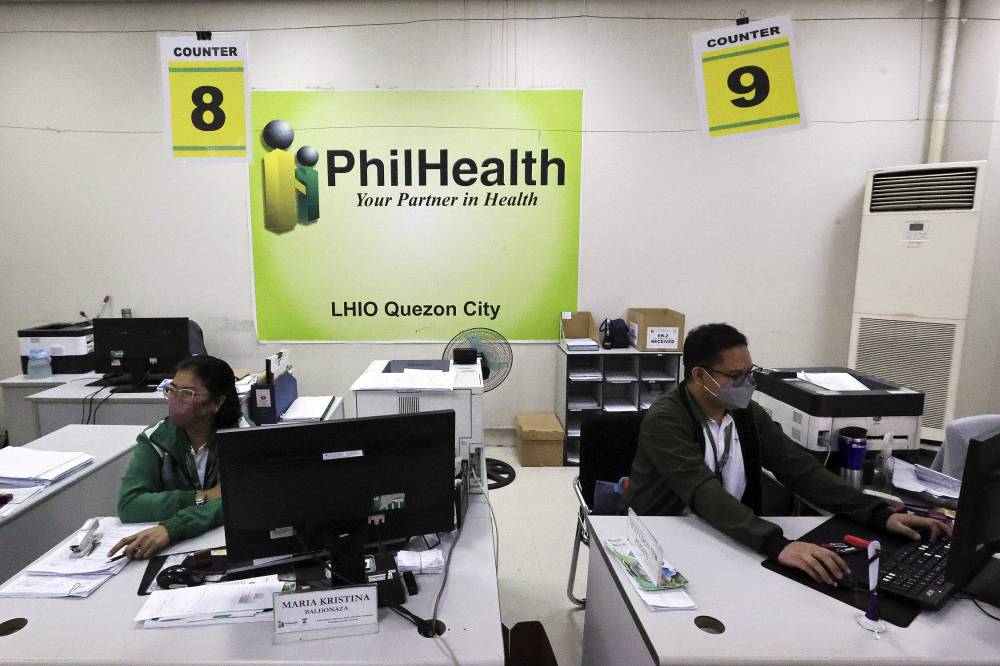
The first day of oral arguments before the Supreme Court on the controversial transfer of P89.9 billion in excess funds from the Philippine Health Insurance Corp. (PhilHealth) to the national treasury concluded with a key observation from Associate Justice Amy Lazaro-Javier: The state health insurer is “not exactly complying” with a provision of the Universal Health Care (UHC) Act.
More specifically, Lazaro-Javier pointed out that PhilHealth has prioritized investments over program benefits and lower member contributions, while also applying a different internal interpretation of the term “excess reserve funds.”
“So, what I am made to understand now is that PhilHealth is not exactly complying with Section 11. That your investment comes from all sources. And then you prioritize investment over the programs that will increase its benefits to the beneficiaries and decrease the amount of members’ contributions. That is what I gathered from your statement,” Lazaro-Javier said during the four-hour-long oral arguments.
Tuesday’s hearing tackled key issues in three consolidated petitions separately filed by 1Sambayan Coalition et al. (G.R. No. 276233); Sen. Aquilino Pimentel et al. v. House of Representatives et al. (G.R. No. 274778), and Bayan Muna chair Neri Colmenares et al. v. President Ferdinand Romualdez Marcos Jr. (G.R. No. 275405).
The petitions specifically question the constitutionality of Section 1(d) of XLIII of the General Appropriations Act (GAA) 2024 and Department of Finance (DOF) Circular No. 003-2024, both of which allowed the return of excess reserve funds from government-owned and -controlled corporations (GOCCs) to the national treasury for unprogrammed appropriations.
These appropriations are part of the national budget and serve as a financial reserve for projects or expenses not specifically detailed in the budget.
Investment limitation
Lazaro-Javier, the first associate justice to interpellate, centered on Section 11 of the UHC law, a provision that discusses “program reserve funds” and mandates PhilHealth to allocate a portion of its accumulated revenues as reserve funds, provided that they do not exceed two years’ worth of projected expenditures, with any excess used to enhance benefits or reduce member contributions.
Any unused reserves not needed for current expenses would be invested to generate income at prevailing interest rates, forming the investment reserve fund, based on the law.
According to Deputy Treasurer Eduardo Anthony Mariño III, by the end of 2023 and beginning 2024, the accumulated revenue of PhilHealth stood at P464.29 billion.
Lazaro-Javier assumed the amount had not been invested, prompting Mariño to clarify that it was, slightly surprising the associate justice.
“Really? Are you allowed to invest? … There is a limitation on the investment, and the law imposes conditions before PhilHealth can invest. Investment is the least priority,” Lazaro-Javier said.
In response, Mariño pointed out that every year, PhilHealth generated more revenues than expenditures “such that whatever is needed for the year is actually being more than met by the inflows of additional revenues for the year, and that addition—that net income—is being plowed back into the reserve fund.”
‘Bankrupt’
Lazaro-Javier, however, rebutted and cited a Commission on Audit (COA) report, which she said showed that PhilHealth was actually “bankrupt.”
“I don’t know if you’re aware of that. You ought to be aware. And COA has repeatedly highlighted that in its letters to PhilHealth. And then COA said that for many years, at least three years, (2021, 2022, 2023), the reserve fund of PhilHealth is much much less than its actuarial fund,” she said.
Mariño also noted that one of the difficulties faced by PhilHealth management was operationalizing the term “actual excess reserve.”
He illustrated a hypothetical situation where the prescribed two-year ceiling of PhilHealth was at P280 billion.
This ceiling based on the UHC limited the amount of unspent funds or reserves that PhilHealth could accumulate within a two-year period.
“After two years, that means by 2026, PhilHealth will have a record of its operations. It will have a record of its expenditures. If the expenditures in the next two years is only P240 billion, that difference, that between P280 [billion] and the P240 [billion], can be treated as the excess reserves, actual excess reserves,” Mariño said.
“That is one of the more reasonable ways to operationalize this provision, your honors, but admittedly it is very difficult,” he added.
But according to Lazaro-Javier, “to operationalize is to stick with the provision” and not deviate from it.
“It leaves no room for interpretation. It speaks of actual reserves, it speaks of reserve fund, it speaks of excess, that any excess reserve fund should be used to increase the program’s benefits and to decrease the amount of members’ contributions and if there is still an excess, excess of the excess, the same should be maybe invested. Alright? So, investment is the least of the priorities,” she pointed out.
The session was adjourned around 6 p.m., with Chief Justice Alexander Gesmundo scheduling the continuation on Feb. 25.





